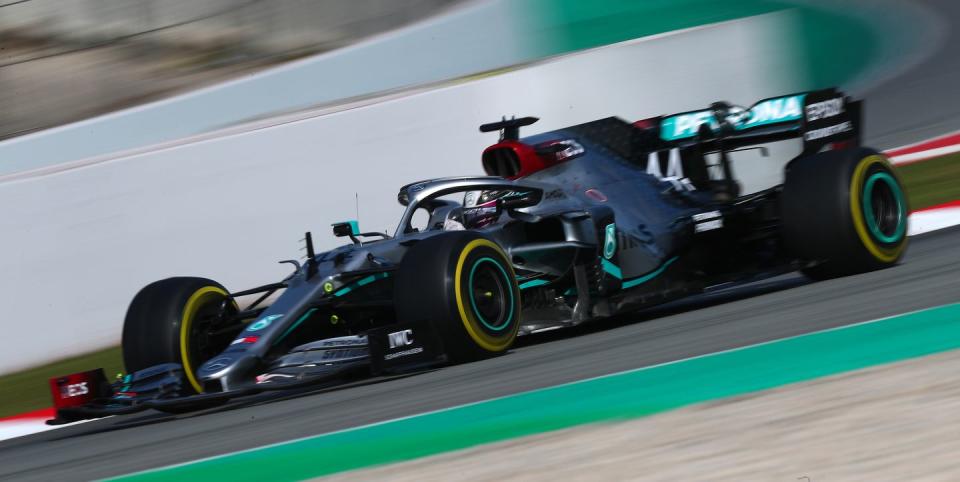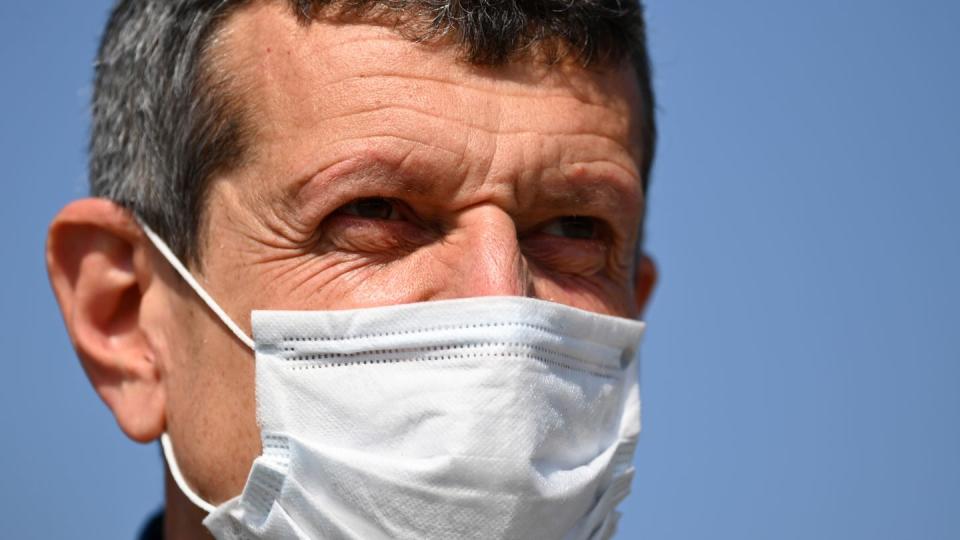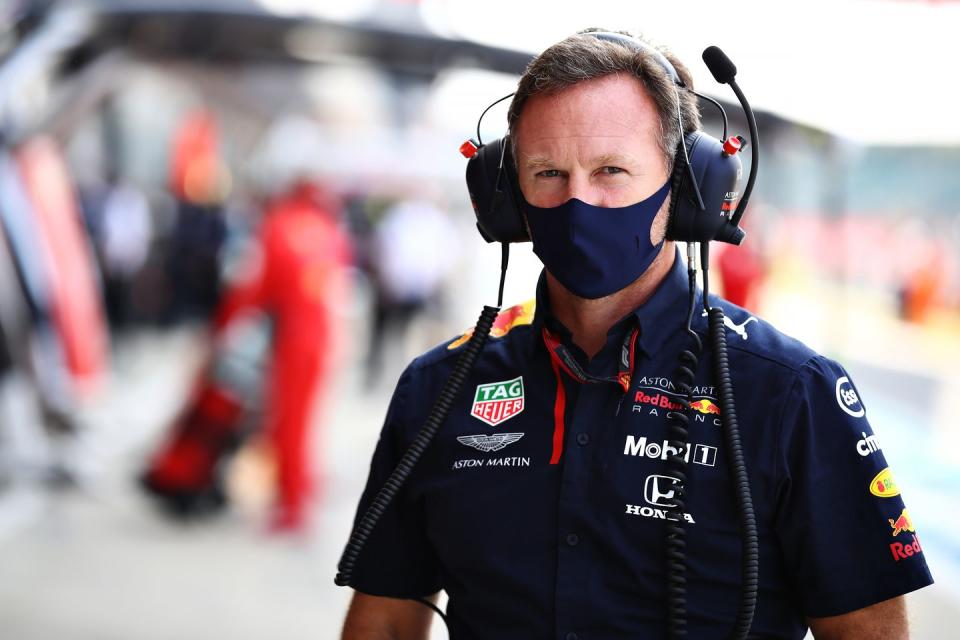Formula 1 Is Still Hoping for 15 Races This Year

Formula 1 fans might be having a good time lately but the people involved in F1 have been working hard in the last six weeks. This week’s Spanish Grand Prix – at the Circuit de Catalunya – is the sixth race in seven weekends and while there has been staff rotation in some teams, the majority of people have been the same at all the races. Two triple-headers with one weekend off between them is unprecedented in F1 history and we are about to go into a third triple-header, starting August 30 in Belgium.
This is a particular problem for Alfa Romeo Racing because the team is based in Switzerland. Returning from Spain requires 10 days quarantine at home, as the team does not have an exemptions like the seven F1 teams based in England. Alfa is even considering arranging food deliveries for those who live alone and will not be allowed to go shopping. This is tough between two triple-headers...
“The big unknown is where is this coronavirus going and if anybody knew that for sure he would be a rich man,” says Haas’s Guenther Steiner. “Until a vaccine is found and distributed we live in this fluid situation and we just need to go step-by-step. I think we now realize that this will not be over at the end of the year, and we need to start to think about next year. I think FIA and FOM are doing a good job trying to find out, but I don’t know where it exactly goes. Five months ago a lot of people thought we would have no championship and we will end up with hopefully 15 races. I think we will find solutions. Normally Formula 1 is pretty good to find solutions to problems and I think we will find something here as well.”

Thus far the calendar stretches until the 13th race, which should be the Emilia Romagna Grand Prix at Imola on November 1. There is room for more races in November to get to the all-important 15-race total, when all the existing commercial contracts kick in. It is becoming less and less likely the Asian flyaway races are happening. but if the European races all take place there would need to be only two more, logically Bahrain and Abu Dhabi.
These could take place on November 22nd and 29th, but could also be pushed back to the 29th and December 6th. No one wants to go later than that and the FIA World Endurance Championship race scheduled for Bahrain on the December 13th weekend complicates things further. There is talk about a race in Jerez de la Frontera, or a second race in Portimao.
F1 organizers aren’t talking about what to expect this year but Chase Carey says things should be easier next year theoretically, with only three race contracts needing renegotiating. The goal is to have a full 22-race calendar, but we will have to see how COVID-19 plays out.
Money is going to be a problem because revenues are down. Though most teams get a bigger share of the pie next year, the pie is going to be smaller, so keeping down costs is vital for the sport's health. So cheap races are in fashion with pared down, fast-moving crews. On the other hand the big-paying races tend to be the long-distance ones, so balance is required. Normally this time of year there is a draft calendar for next season generally finalized in December. This season things are different and trying to figure out next year’s schedule isn’t the priority at the moment.
“It’s a new situation for all of us and this is unlikely to stop on December 31,” said Christian Horner. “I think that it’s inevitable that until a vaccine is found corona is going to be with us for a while to come and of course it’s about how you manage and control that and with the disciplines that have been put in place we’ve managed to get a season up and running and a championship in play.

“Of course there is going to have to be flexibility and I think that the way that all of the teams have reacted to the moving challenges of this virus, I mean we still don’t know the extent of our calendar for this year, we don’t know where we are going to be racing in October, November and even early December, so the teams are having to be flexible, they’re having to think on their feet and work collectively with the governing body and the commercial rights holder and I think that will continue for some time to come.”
One thing we are hearing is that there could be a Saudi Arabian Grand Prix was early as next year, with talk of a street race on the seafront in Jeddah while a more elaborate circuit is built near Riyadh. The Jeddah race could become permanent if the bigger more expensive project is shelved.
The Aramco sponsorship arriving this year marks the start of Saudi Arabia’s push into Grand Prix racing, with the next step expected to be the announcement of a race. The goal has been to race there in 2022 or 2023 at a planned facility in Qiddiya, just outside Riyadh, but economic problems caused by the double whammy of a low oil prices and Covid-19 might have slowed progress.
The country’s budget has a $76 break-even oil price, but it’s been a long time since oil was trading at that level. Today’s price is in the mid-$40s.
Oil represents 40 percent of the Saudi GDP and almost 80 percent of its exports so lately there have been drastic public spending cuts, with the goal being to save $26 billion. This has meant changes to Crown Prince Mohammed bin Salman’s Saudi Vision 2030, a strategic plan to transform the kingdom and diversify the economy. The money is needed elsewhere.
Still, the country has deep pockets and its Public Investment Fund (PIF) has been taking advantage of the global economic upheavals to buy stakes in big companies and expand its holdings around the world. There has even been speculation the Saudis might be willing to buy into the share capital of Liberty Media.
Meanwhile there are still hopes there can be a second race in the United States, with Miami remaining the favorite to join Austin, if Austin survives.
F1 and the Miami Dolphins have worked hard modifying plans to the track layout at the Hard Rock Stadium to calm down opposition to the race. The revised track runs inside the stadium precinct and not on any public roads.
It might also help if F1’s two-day format, tried in Imola this year, could be used to clear away problems related to school days. Running the event on just Saturday and Sunday would take the wind out of the opposition’s sails. Once the locals realize it is something benefiting the area it could expand into a three-day event the following years.
There is some urgency in Miami: The Mayor of Miami-Dade County, Carlos Giminez, can’t run for re-election because he is term-limited. The primary election is due August 18, with a run-off if required November 3. The new mayor takes office on November 17. Giminez wants the race announced before the election. He hopes it would help him win and a new Mayor might not be as kee

 Yahoo Autos
Yahoo Autos 